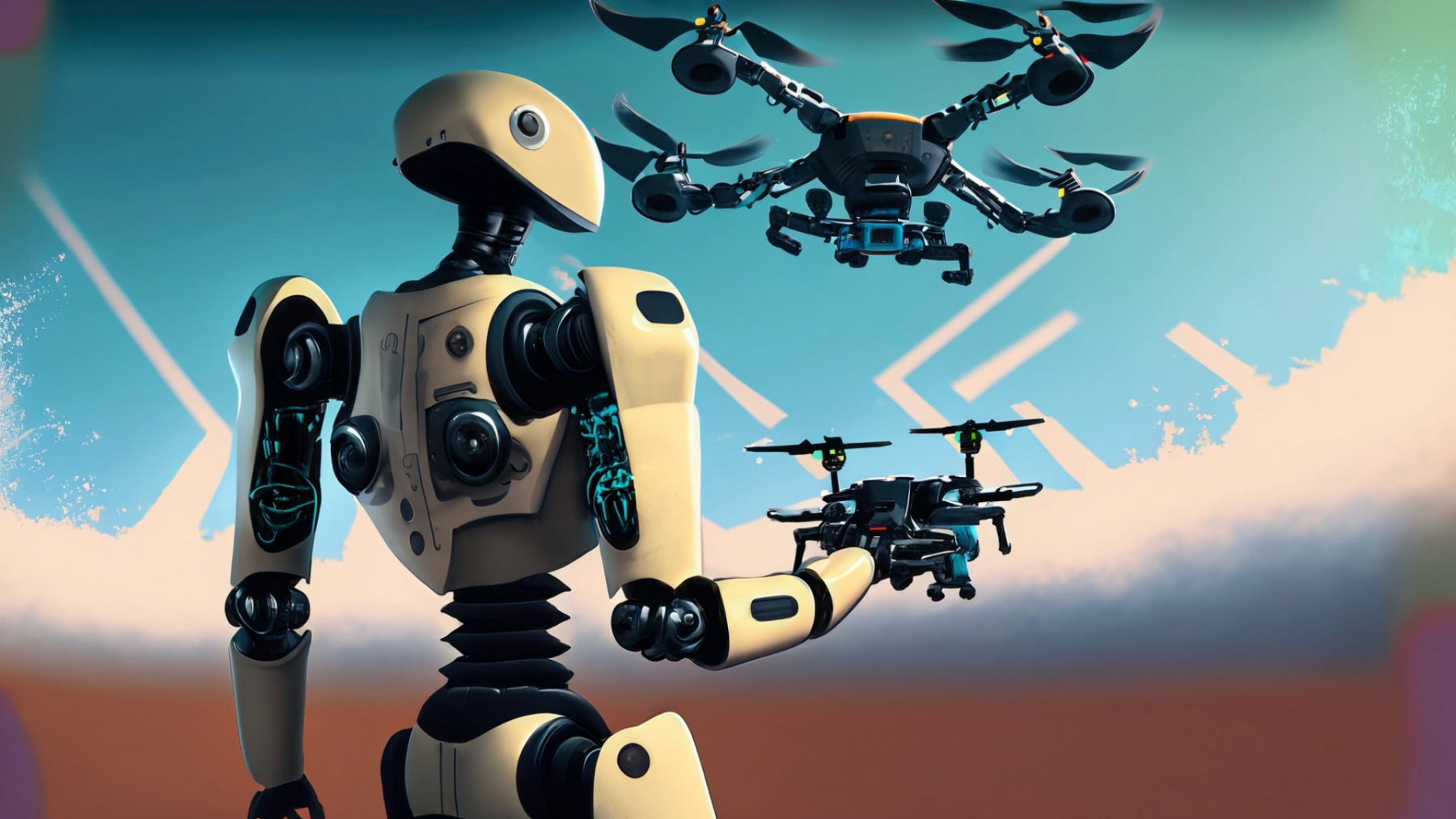
Coding a Drone to Fly on Mars: Three More Complex Missions! (2 of 2)
by Rob Lynch
On the second day students use more complex coding, the built in camera for taking pictures and experience FPV. It has 3 missions total in this lesson. This lesson also uses yaw to keep the camera facing towards objects.
Lesson Plan Link/URL
https://docs.google.com/presentation/d/17Zjoe1MfpC1bnOcSXnc1mA0zpbeYReNw/edit?u…Subject Area
Science Physical Science P2: Objects at a Distance P3: Net Force Technology 1. Empowered Learner 3. Knowledge Constructor 4. Innovative Designer 5. Computational Thinker Engineering S2: Apply the Engineering Design Process Mathematics Measurement and Data (MD)
Featured
Off
Related Content

Grades:
4th Grade, 5th Grade, 6th Grade, 7th Grade, 8th Grade
In this hands-on lesson, students will be challenged to complete an obstacle course with a Sphero/RVR/Edison through coding. Students will be given a task list to complete and will be timed. Math

Grades:
3rd Grade, 4th Grade, 5th Grade, 6th Grade, 7th Grade, 8th Grade, 9th Grade
Engineers often create small-size models of a new product to test its design. This is especially true with airplanes. Model testing tells engineers how a design responds to different air conditions

Grades:
3rd Grade, 4th Grade, 5th Grade, 6th Grade, 7th Grade, 8th Grade
Coding and flying drones what a match! Students will have the chance to experiment with flying a drone in a simulator. The lesson includes 4 missions incorporating forces of flight acting on a drone.